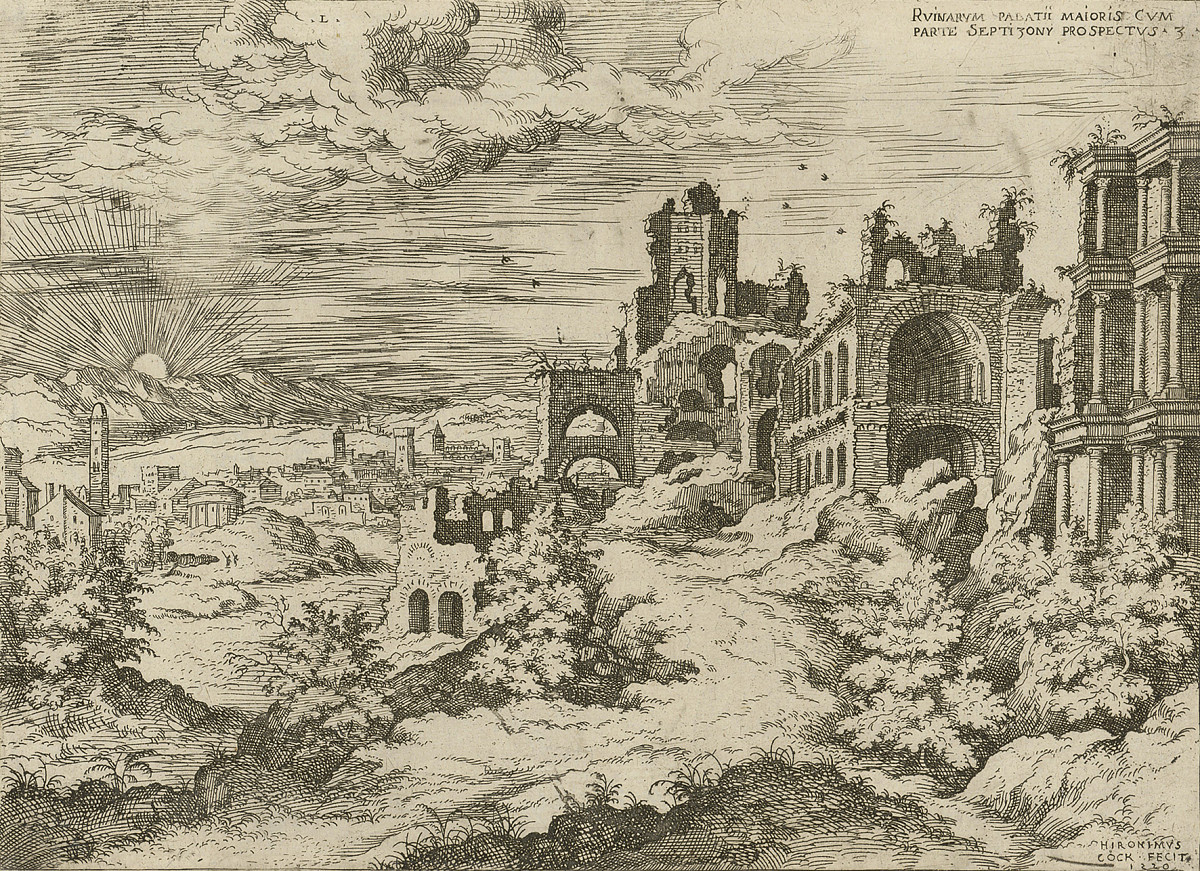The Renaissance of Etching. From Dürer to Bruegel
Until 18 October 2020
Stay up-to-date
Sign up for our newsletter
ALBERTINA Tickets
Get your tickets online!
The early days of printmaking were punctuated by several important innovations that ended up giving rise to a multitude of technical processes by 1500. In this context, the emergence of the etching during the late 15th century along with its subsequent swift spread during the early 16th century represents one of the most important turning points. Following development of this technique’s basic elements in the workshops of armor decorators, German printmaker Daniel Hopfer began using etched (i.e., acid treated) metal plates to produce prints on paper. Etching proved so easy to do that artists from the most varied fields found themselves able to produce their own prints— and among this new medium’s pioneers were central artistic figures of the Renaissance such as Albrecht Dürer, Parmigianino, and Pieter Bruegel the Elder.
The present exhibition at the ALBERTINA Museum focuses on the first 70 years of the etched print: from its beginnings in Dürer’s time to Bruegel’s era, which already saw numerous famous and less-famous artists in Germany, Flanders, Italy, and France working in this technique. Approximately 125 etchings will be shown along with drawings, printing plates, and illustrated books.
This exhibition has been conceived in cooperation with the Metropolitan Museum in New York and is on view 12 February to 18 October 2020.












